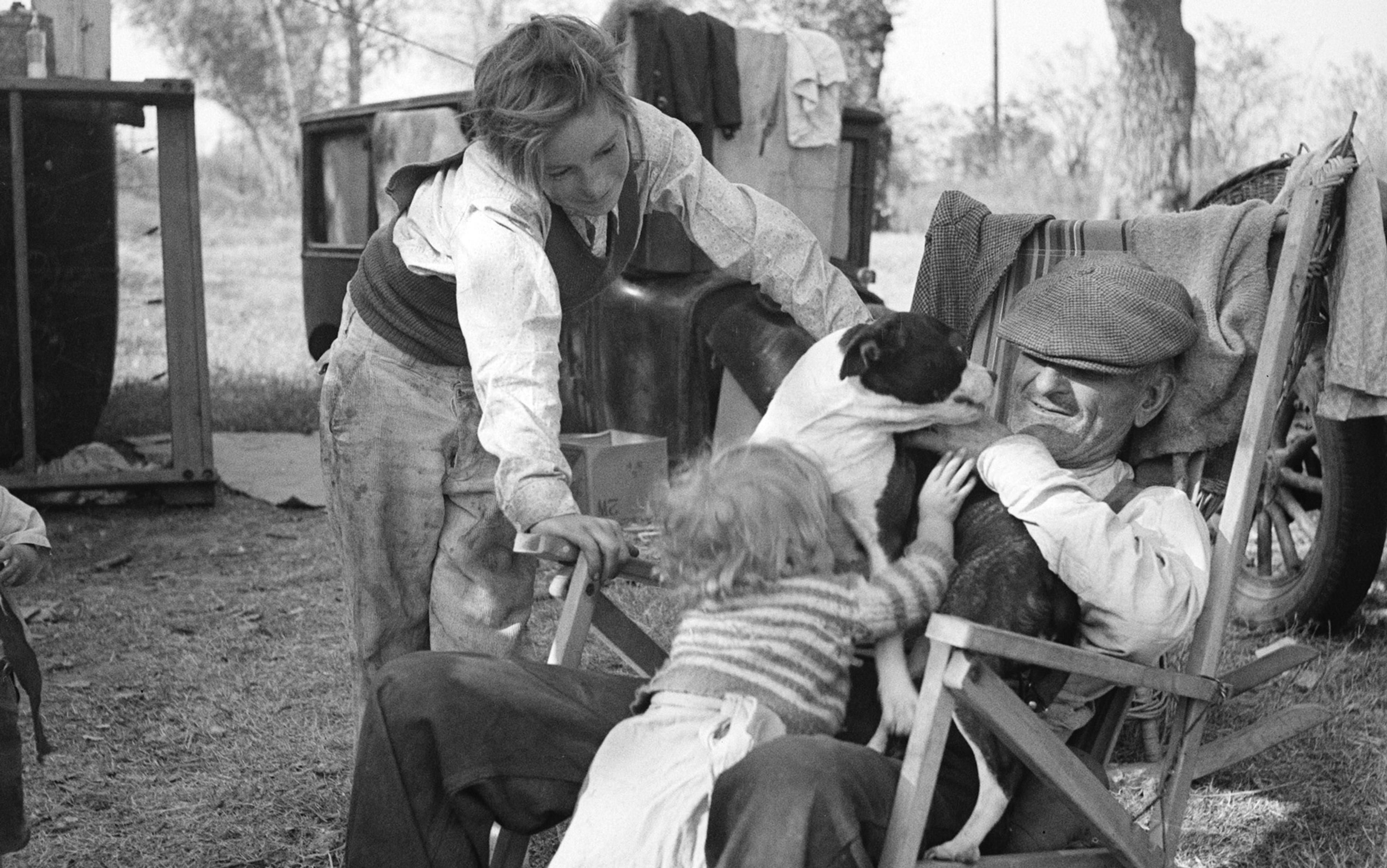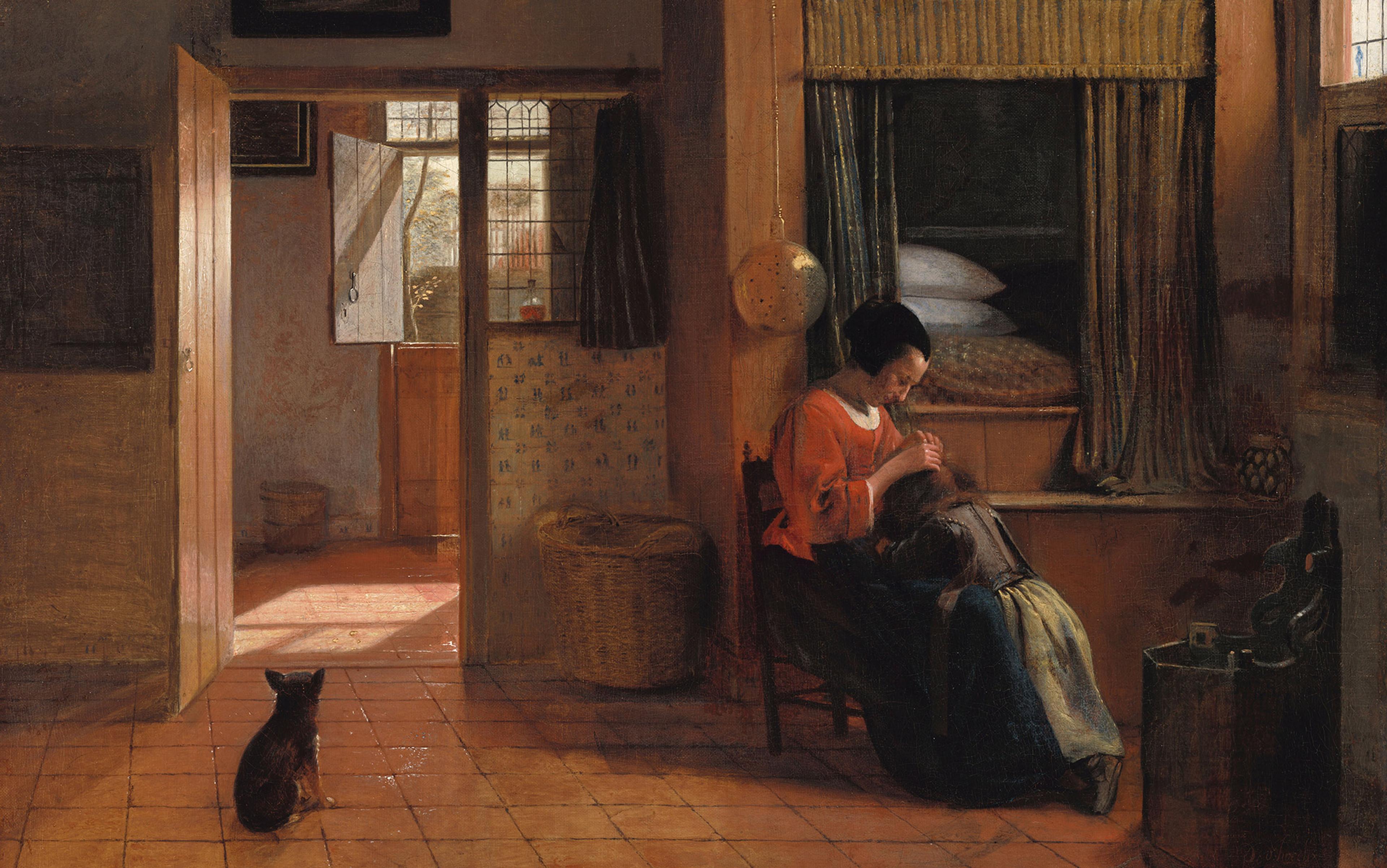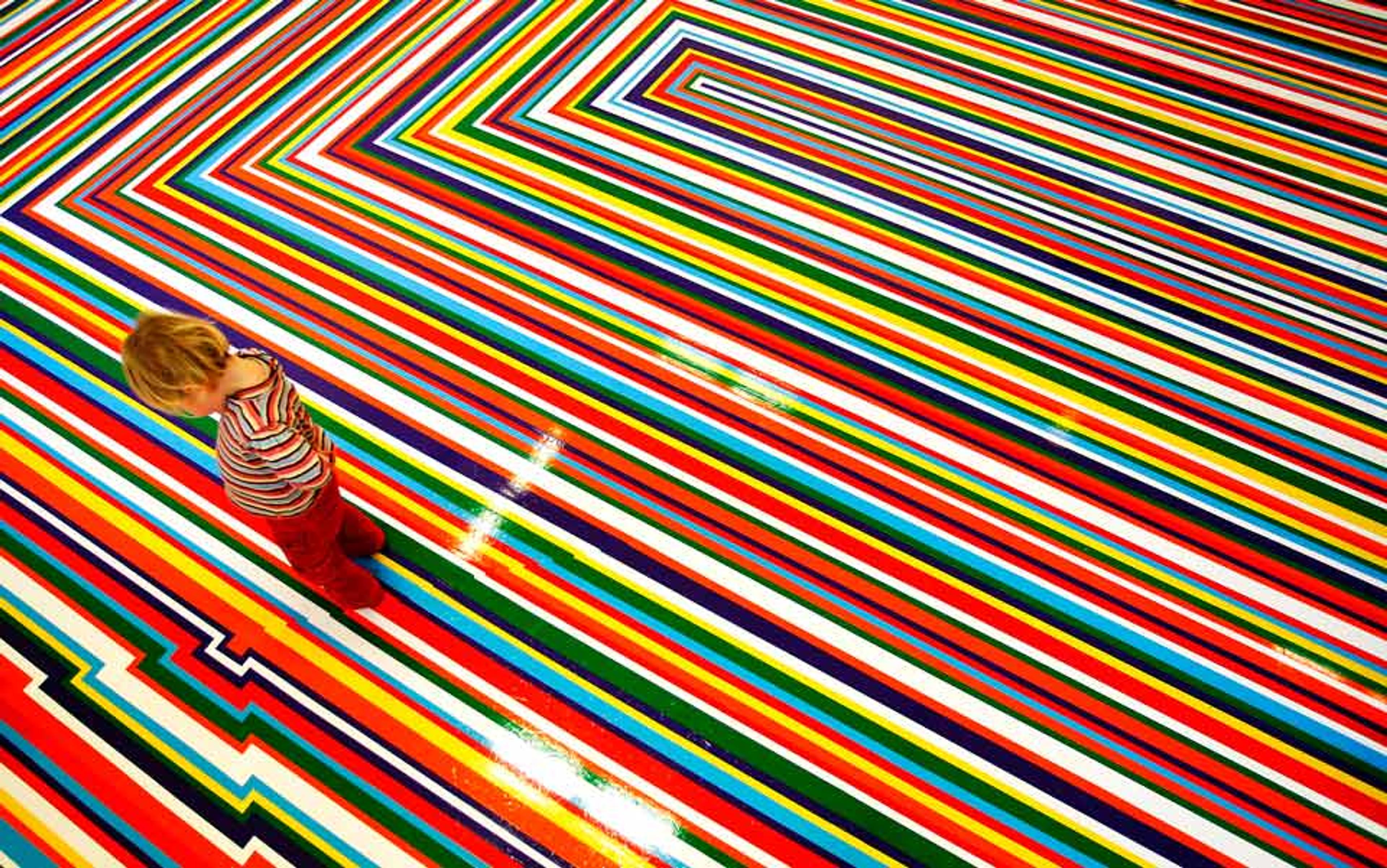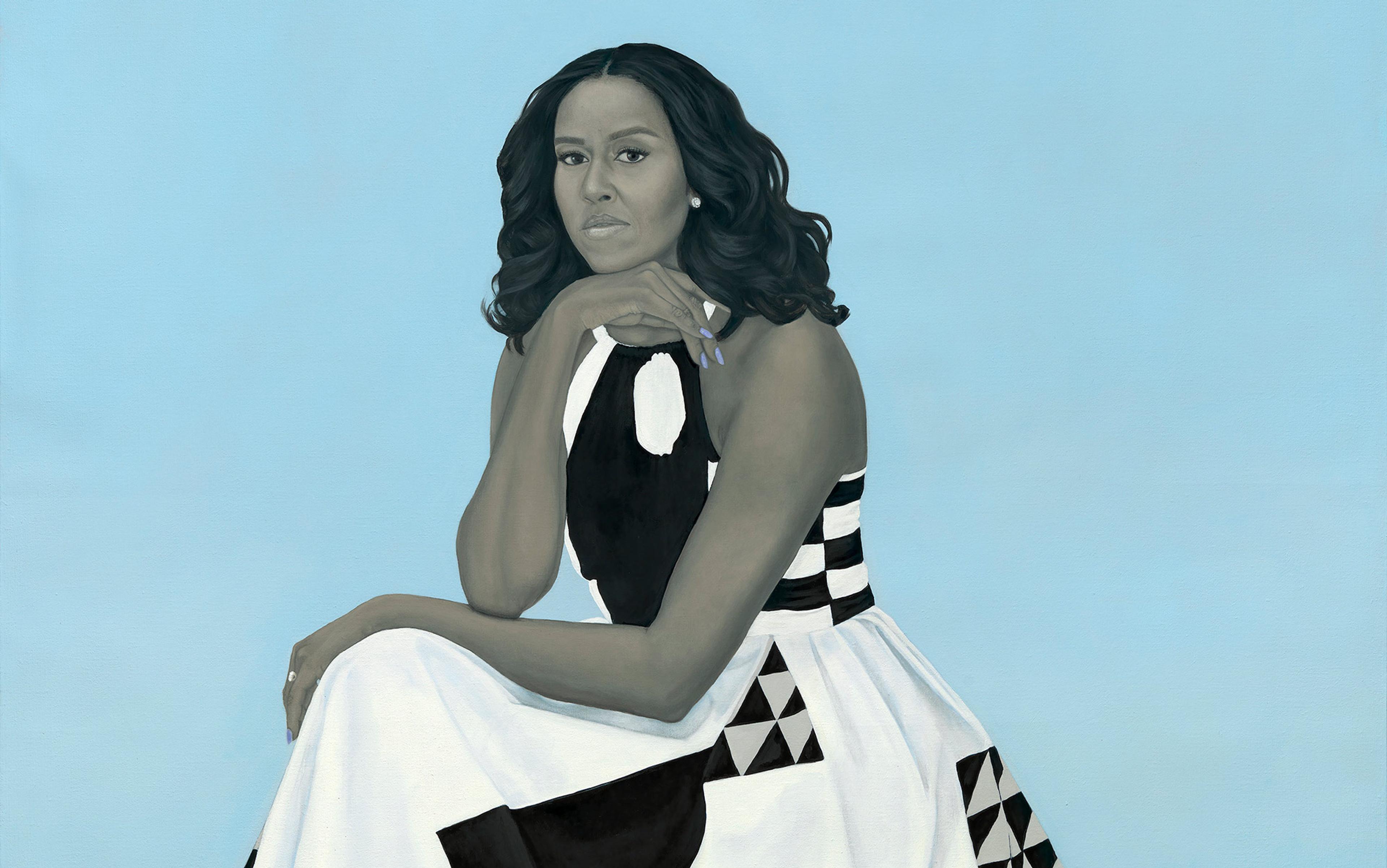Have you ever thought that someone is far from attractive – perhaps even ugly – only to later come to find that person beautiful? She or he might now even be your partner, spouse or dear friend. And if so, you probably still consider them beautiful. Also, for better or worse, chances are that many others do not. Hold that thought.
Now here’s a different but related kind of experience. Consider David Lynch’s film The Elephant Man (1980) about John Merrick (based on the real-life Joseph Merrick) who suffered from neurofibromatosis. Merrick’s appearance initially strikes us as particularly unattractive – shocking even. However, as the film unfolds, and we come to know Merrick as a kind, honest, considerate human being, we might also begin to experience him as charming, delightful and pleasurable to contemplate. Merrick doesn’t suddenly look beautiful, but his presence delights and attracts us with the familiar pleasure that signals the beautiful.
Such considerations point to a distinctive phenomenon that might seem familiar: people who are initially experienced as physically ugly can eventually come to be experienced as beautiful. The converse also happens: physically beautiful people can come to be experienced as ugly. Often, these shifts in our experience are a result of our getting to know these people better, acquainting ourselves with their character or personality. Moreover, they tend to occur when we find people to be particularly good (kind, honest, fair, considerate) or particularly bad (unfair, inconsiderate, cruel). Writers and artists often capitalise on this phenomenon. Think of Plato’s descriptions of Socrates, or the Creature in Frankenstein. Think of the portrait in The Picture of Dorian Grey, or the suaveness of Vronsky in Anna Karenina eclipsed by his selfishness. When artists do so successfully, their works throw into relief something important about the nature of morality – something that we are otherwise liable to miss. But what is that?
Here’s what I think: beauty and morality, and ugliness and immorality, are intrinsically linked. Specifically, the moral virtues – honesty, kindness, fairness, empathy, etc – are beautiful character traits, and the moral vices – their contraries – are ugly. I mean this quite literally. Of course, the kind of beauty or ugliness in question is independent of physical appearances – it belongs to characters and actions. Drawing on the 18th-century British philosophical tradition, and the work of the contemporary philosopher Berys Gaut at the University of St Andrews in Scotland, I label this the moral-beauty view. (Elsewhere, I argue that this view offers the best explanation for the sort of phenomenon described above.)
This view is rather unfashionable today. Contemporary philosophical and lay orthodoxy construes the realms of aesthetics and morality as distinct. It regards theories such as the moral-beauty view as signs of past conceptual immaturity that we have since thankfully shaken off our intellectual shoulders. Reviewing Gaut’s book Art, Emotion and Ethics (2007), for instance, the American philosopher Noël Carroll wrote that the moral-beauty view reminds him of his ‘childhood days back in Catholic grammar school when the nuns would draw a sparkling white chalk-circle on the board and, with each venial sin, would gouge a black smudge out of it. A mortal sin made the whole thing into a big black smeer [sic], which was meant to radiate ugliness.’ Be that as it may, I think that neglecting the moral-beauty view is a mistake and that, since the Enlightenment, our Western intellectual tradition has been leading us astray in this regard.
Let’s take a step back. Throughout history, and across different cultures, from the Ancient Greeks to the Yorubas of Africa, the beautiful and the good have been seen as closely connected. This has been reflected in language. In Ancient Greek, kalon meant both beautiful and good, while the Yoruba word ewa, normally translated as ‘beauty’, is primarily used to refer to human moral qualities. In the anglophone tradition, the moral-beauty view rose to prominence during the Enlightenment. The philosophers Francis Hutcheson and David Hume frequently spoke of the ‘moral beauty and deformity’ of various character traits, while Adam Smith wrote in The Theory of Moral Sentiments (1759) that ‘benevolence bestows upon those actions which proceed from it, a beauty superior to all others, [while] the want of it, and much more the contrary inclination, communicates a peculiar deformity to whatever evidences such a disposition’.
It’s worth pointing out that in none of these cases does the link between beauty and goodness seem to signal confusion or a lack of linguistic resources. After all, even if the Greeks had no term for goodness as distinct from beauty, the Yorubas distinguish between inner and outer beauty, and there’s no question that the Enlightenment philosophers did have the terminology to distinguish not only between beauty and goodness, but also between natural and artistic beauty, inner and outer beauty, and so on. Thus, their acknowledgement of an aesthetic dimension in morality, far from evincing confusion, seems to me to have reflected ordinary experience. In other words, when people encountered others who were morally virtuous or vicious in their everyday life or in art – in epic poetry, the theatre, and later in the novel – they felt, respectively, the sort of pleasure and displeasure evoked by other beautiful and ugly objects, and this phenomenon found its way into their language and thought.
After millennia of shaping religious and philosophical thought, art and ordinary experience, the moral-beauty view suddenly began to evaporate, at least in the anglophone philosophical tradition. This was partly the result of pressure from detractors such as Edmund Burke, who in 1757 considered it a ‘loose and inaccurate manner of speaking, [that] misled us both in the theory of taste and of morals’. Arguably, however, the greatest blow to the moral-beauty view was dealt by Immanuel Kant, or at least by his legacy in anglophone philosophy of emphasising what differentiates ethics and aesthetics, and mostly neglecting what links them.
Linking beauty and goodness might lead to a corruption of moral motivation
Although importantly different in their particulars, critiques such as Burke’s and Kant’s stemmed from a number of common considerations, including purported epistemological, metaphysical and practical features of beauty and goodness, which indicated their distinctness. For instance, beauty was thought to be mostly a matter of pleasure in the form of an object, and ugliness of displeasure in deformity; and form was limited to the visible or aural properties of an object. By contrast, goodness, and traits such as honesty and kindness, or selfishness and cowardice, are not like that; they are imperceptible, psychological traits, the goodness or badness of which stems from adherence to or violation of rational principles. So while beauty is discoverable perceptually and depends on subjective feeling, goodness is based on principles that are objective, and discoverable a priori. Moreover, while the good is, or should be, desirable for its own sake, the beautiful is desirable because it’s pleasurable. So linking beauty and goodness might lead to a corruption or degeneration of moral motivation by encouraging the pursuit of goodness for its beauty.
It should be noted that Kant’s own views on these matters are difficult to assess, not least because in 1790 he puzzlingly claimed that beauty is the ‘symbol of morality’. Nonetheless, it’s quite clear that philosophers of a Kantian persuasion, as well as their successors, began to see morality and beauty as distinct in fundamental ways. And although not expressed in the same way or with quite the same sense of alarm, the foregoing worries persist today. Indeed, when Gaut defended the moral-beauty view, the general response from the philosophical community was that the view seems to rest on loose talk or even a category mistake. Now, a clear case of a category mistake occurs when we treat one kind of thing as if it were a different sort of thing altogether – for instance, speaking of a number as being a certain colour, say, or of five as being green. And while category mistakes can be subtler than this, it is hopefully clear that the moral-beauty view does not rest on a mistake of this sort of magnitude. It is therefore open to argument whether or not it is, in fact, the outcome of fallacious reasoning or conceptual confusion. To assume otherwise is simply to beg the question against its proponent; in other words, it is to assume that the view is false without argument.
Philosophical skepticism about moral beauty, presumably alongside other cultural factors – such as secularisation in the West, a rise in scientism coupled with skepticism about the value of the arts and humanities, and a focus on physical appearance as the exclusive locus of human beauty, in part courtesy of the so-called beauty industry – has accomplished something important and, I think, quite damaging. It has shaped the way we think about beauty and goodness, and the relationship between them. So today, when we think about goodness and beauty, morality and aesthetics, we tend to think of these as pulling in opposite directions. Goodness or rightness is objective; beauty subjective. Goodness, especially moral goodness, is associated with duties and obligations – a cross many of us simply feel we have to bear if we are to keep on the straight and narrow. Beauty, on the other hand, albeit a shallow pursuit, attracts us, and is an indulgence; moreover, it misleads and biases us in all sorts of ways. Of course, thought in turn plays a crucial role in shaping many aspects of our experience and behaviour.
Now, the moral-beauty view is not incompatible with either a secular or a scientific outlook; on the contrary, I think it’s more compatible with a naturalistic theory of value than alternatives on which beauty and morality are kept apart, but here is not the place to elaborate my views on this matter. Instead, it’s the view that human beauty (or beauty in general) is exhausted in physical appearance that truly threatens the notion of moral beauty. But of course if, on the one hand, this view is simply part of a cultural phenomenon, then, like other beliefs, it could be mistaken, and so is open to scrutiny and subject to correction; while if, on the other hand, it is a mark of intellectual progress, that is, if it’s true that there is no such thing as moral beauty and that human beauty is exhausted in appearance, then this seems to be another way of saying that the moral-beauty view rests on a fallacy. But this, as we’ve seen, is yet to be demonstrated.
At this point, let us take stock and recall the sorts of experiences I mentioned at the beginning. What these suggest is that, for all that philosophers have told us, and for all that we might consciously think, there are still moments left when we experience the good and the evil – or at least what we take to be good and evil – as, respectively, beautiful and ugly. In other words, when we’re not theorising, but living our lives, our experience mirrors what we’d predict if the moral-beauty view were true. Moreover, seeing as philosophers are nowhere near defining beauty, or even precisely what the pleasure in the beautiful consists in, I think that our experience, suitably scrutinised, is our best guide in this regard. Where, then, does this leave the moral-beauty view?
Let me offer the sketch of an answer, by dispelling two philosophical and popular misconceptions about beauty and morality that I think are behind both 18th-century and contemporary skepticism about the moral-beauty view. First, there is a common line of thought, on which only perceptible objects can be beautiful; specifically, only things that can be seen or heard. If that’s right, then imperceptible things such as people’s character traits couldn’t possibly be beautiful or ugly. Second, beauty is sometimes thought to be a matter of form. But on some ways of understanding the notion of form, it’s far from obvious that we can speak of honesty and justice, or cruelty and cowardice, as objects possessing form. I think that these concerns are interrelated; I also think that they are similarly misguided. Let’s take each of these worries in turn.
I have spoken to scientists, computer programmers, engineers and chess players who profess to recognise beauty in formulas, codes, machines, chess moves. Perhaps you too – whether you’re an engineer, architect, sportsperson, academic or something else altogether – have come across certain examples of work in your field that merit the appellation ‘beautiful’. A moment’s thought will likely suggest that such beauty is not, or at least not only, a matter of perception. Mathematicians are a particularly vocal crowd in this respect, tirelessly championing the beauty of certain formulas and proofs. In his book A Mathematician’s Apology (1940), for instance, G H Hardy wrote that: ‘The mathematician’s patterns, like the painter’s or the poet’s must be beautiful; the ideas, like the colours or the words, must fit together in a harmonious way. Beauty is the first test: there is no permanent place in the world for ugly mathematics.’ Likewise, most people will grant that works of literature can be beautiful, and that this is not simply because of the way that the words sound. In short, while we might often speak of beauty as though it were a strictly perceptual matter, a moment’s reflection reveals that we frequently recognise beauty where perception seems out of place.
While perhaps pertinent to a starlit sky, it will not take us far with proofs or buildings
What about form? I already suggested that many tend to think of form as related to beauty, which seems plausible seeing as many of the terms that we associate with the beautiful – including proportion, balance, symmetry, harmony, unity – are what we might call formal properties. Moreover, like beauty, the notion of form is frequently associated with sensuous qualities, as when we speak of the form of a painting or a piece of music. Also like beauty, however, form is a concept that appears to apply across domains, including literature, painting, cinema, mathematics. But if it’s a matter of sensuous qualities, what are we to make of talk of the form of a novel, or that of a mathematical proof? We cannot assume that this has anything to do with their written versions, for they aren’t even necessary for us to appreciate these objects – we can simply listen to an audiobook of the novel, and think of the mathematical proof.
It thus looks like the conception of form as sensuous elements, while perhaps pertinent when speaking of the beautiful form of a sunset or a starlit sky, will not take us very far with regard to novels, proofs or buildings. So either we must take form to mean something completely different in these cases (as does ‘bank’ when referring to the strip of land alongside a river, versus when referring to a financial institution), or we have to understand it in a way that captures its use across different practices and disciplines.
Thankfully, the vocabulary of formal beauty, which includes terms like those mentioned above, also suggests another, broader sense of form, on which it consists of relations between individual elements of a complex thing. This is a promising route, for it appears that most things, from paintings and films to people and abstract entities, are complex things comprised of interrelated elements. Still, this notion of form is too liberal to be of much use: for any modestly complex thing can be broken down into an indefinite array of elements and relations.
Yet it seems to me that if we’re looking for a notion of form that relates to the beauty of a given object, we need to restrict the scope of interrelated elements to those that are relevant for appreciating an object of that kind. I think that the notion of design, a close relative of the notion of form with which it’s often used interchangeably, can help here. When we speak of design, we have in mind the way in which something has been shaped or formed in light of some particular end or purpose. These considerations naturally point to a plausible sense of form that applies across a great many domains: form as the ensemble of an object’s elements and their interrelations that are designed to realise the object’s end or ends.
This notion is applicable not only to all artefacts, which have been purposefully crafted, but also organic objects, which have been designed naturally, through the mould of evolution by natural selection. On this account, for instance, we can speak of the form of a mathematical proof as the relations between elements, the point of which is to prove a theorem; or of the form of a novel as the relations between sets of words, sentences or paragraphs, in light of the purpose of telling a story, arousing our emotions, or communicating certain thoughts; or, finally, of the form of a heart as the relations between certain muscles, arteries and blood vessels that enable it to pump blood into circulation. Thus we can see what there is in common between the form of a film, a mathematical proof and a novel – they all consist of certain elements woven together in light of some sort of purpose or function; at the same time, we can explain their differences: different kinds of objects differ both in terms of their purposes or functions, and in terms of the interrelated elements that are supposed to realise them.
Turning to character traits such as the virtues and vices, we are now in a position to see that, though we might not be able to define them precisely, they clearly are complex things that serve certain ends. Aristotle thought of the virtues as dispositions enabling us to realise our proper human function or ergon. Whether or not you’re sympathetic to such a teleological view of human virtue, it seems clear that, first of all, unlike moods, reflexes or unthinking habits, character traits are stable, interconnected patterns of belief, thought, affect and motivation. Moreover, these either enable us to live convivially, allowing – in the case of the virtues – for the kind of trust and cooperation required for communication as well as more complicated structures such as social institutions, while making human flourishing possible. Or, conversely – in the case of the vices – they are qualities that either have ends contrary to the foregoing, or that frustrate or fail to realise virtues’ ends, and in this sense they can be understood as deformed.
And moreover, it is in part precisely because of these features that the moral virtues tend to please us in contemplation or experience, while moral vices displease and disgust us. I think that, when we experience the virtues, we get that distinctive sort of feeling produced in us by other beautiful objects – and that’s exactly what the sorts of phenomena I discussed in the beginning suggest. Of course I’m not claiming that we see, hear or touch these qualities. But we can think about them, or experience them through interacting with our fellow human beings, or again see them manifested in people’s actions. Artworks can also offer us access to character traits: think of the patient humility of Father Zosima in Fyodor Dostoyevsky’s novel The Brothers Karamazov (1879-80); the kindness of Dorothea Brooke in Middlemarch (1871-2); or the dignity and compassion of Patsey, of which Lupita Nyong’o, who played her in Steve McQueen’s film 12 Years a Slave (2013), remarked: ‘[It is] what has kept her story alive to this day. We remember the beauty of her spirit even though the beauty of her body has faded away.’
Why, then, are concerns such as those I’ve just discussed so prominent? Well, many of us are accustomed to thinking of human beauty as merely skin-deep, a matter of physical appearance alone. Moreover, most of us are familiar with examples of formal beauty, and talk of form primarily through our interaction with visual art, so that we naturally tend to think of them as concepts specific to that domain, associating beauty with pleasure in certain kinds of perceptual encounters, and form as perceptual configurations. But on closer inspection, these assumptions turn out to be mistaken. Beautiful things can be imperceptible, and many things besides artworks possess form. The moral virtues are but one example of these, albeit an important one.
Indeed, the virtues turn out to be well-formed while the moral vices are deformed
Putting the phenomenon described in the opening of this essay together with the foregoing considerations, I think that the moral-beauty view begins to look not only coherent, but appealing. Moral character traits can evoke the affective experiences of pleasure or displeasure that we respectively associate with the beautiful and the ugly. Now, when we call something beautiful or ugly, we hardly rely on anything else besides this all-too-recognisable kind of pleasure or displeasure. But perhaps you think that that’s not enough for beauty. Perhaps, as I think is plausible at least for some kinds of beauty, the relevant pleasure or displeasure must be tied, respectively, to the form of the object in question. Still, under the conception of form developed above, the moral virtues and vices possess form – indeed, the virtues turn out to be well-formed while the moral vices are deformed. Thus, we now have resources to philosophically explain the moral-beauty view, thereby rationally anchoring our experiences.
Quite understandably, after this rather abstract excursus, you might be wondering what the point of all this is. Isn’t this just a debate over terminology? Well, I don’t think so – at least not in any trivial sense. Recall, for instance, Burke’s remarks about the moral-beauty view’s corrupting influence on morality. Although misguided, such concerns stem from a recognition that the moral-beauty view has important implications for morality.
First of all, it’s plausible that we reap more rewards if we truly appreciate virtue aesthetically – not only do we get more pleasure when looking at artworks that deal with their subject matter in a morally admirable way, but also come to appreciate many fellow human beings in a different way. Second, while there has been a long debate about whether or not morality can motivate us, or whether or not knowing what’s good inclines us to pursue it, it should be fairly clear that insofar as beauty is attractive, coming to see the good as beautiful will attract us to it – motivating us to surround ourselves with good people, improve ourselves and others, and – one can only hope – eventually become good ourselves. This, in turn, suggests that the notion of moral beauty, and artworks that feature characters of moral beauty, including films, novels, plays and the like, can be fruitfully employed in character education.
Finally, it seems to me that, in an age where interaction is becoming increasingly virtual rather than face-to-face, and where we are becoming ever more sensitive to issues surrounding disability, race, gender and other groups, the marginalisation of which seems partly to stem from conceptions of beauty and ugliness that consist exclusively in dominant standards of physical appearances, we’d do well to cultivate anew our sensitivity to moral beauty.






